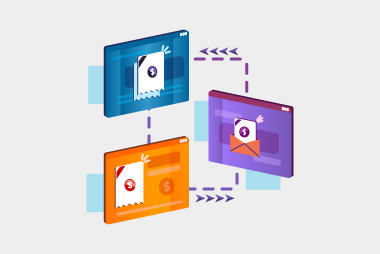Make it easy to add new partners
If your EDI system is too hard to set up with new partners, it’ll slow down your growth. MessageXchange offers customers a message compliance testing tool where your trading partners can run through your requirements and ensure compliance. The interface is easy to use and prompts them through the whole process. It also doesn’t require further one on one communication with individual partners. Then, once they’ve passed testing, it can take just minutes to set them up in production for them to start exchanging real EDI messages.Choosing the right EDI provider for you
When you get to this stage there are a few things to look for. Try to find a provider who:- can connect you to lots of different partners
- supports the different document types you’ll need now and later
- has the capability to translate your files to that of your partners
- lets you add new features over time (you don’t have to get everything upfront)
- handles Australian and New Zealand standards (and maybe international ones too, if you're planning to export).
Make sure your systems can talk to each other
You don’t just want EDI working on its own—you want it connected to your important business systems. Connecting your EDI to your inventory, accounting and point of sales platforms allows you to keep your systems updated and data accurate. This means when you get an order, everything updates automatically. No more copying and pasting. No more mistakes. No more delays. Think about the systems you use now, and plan for the future.Choose the right support
Think about who’s going to run your EDI day-to-day. Make sure they have access to your EDI provider for any issues that may arise. If you have a strong IT team, you might be able to manage it yourself but if you don’t, get a provider who offers services that you might need.Build reusable processes
You don’t want to create new rules every time you get a new customer or supplier. Instead, set up smart, flexible processes like one order template that works for all customers, one shipping process that works for full or partial deliveries, and one invoicing system that works for wholesale and retail customers.Want to learn how to implement EDI that molds to your growth? Get in touch with our experts.Request a call
Chat with one of our experts
Just fill out your details below and we'll be in touch within one business day.

